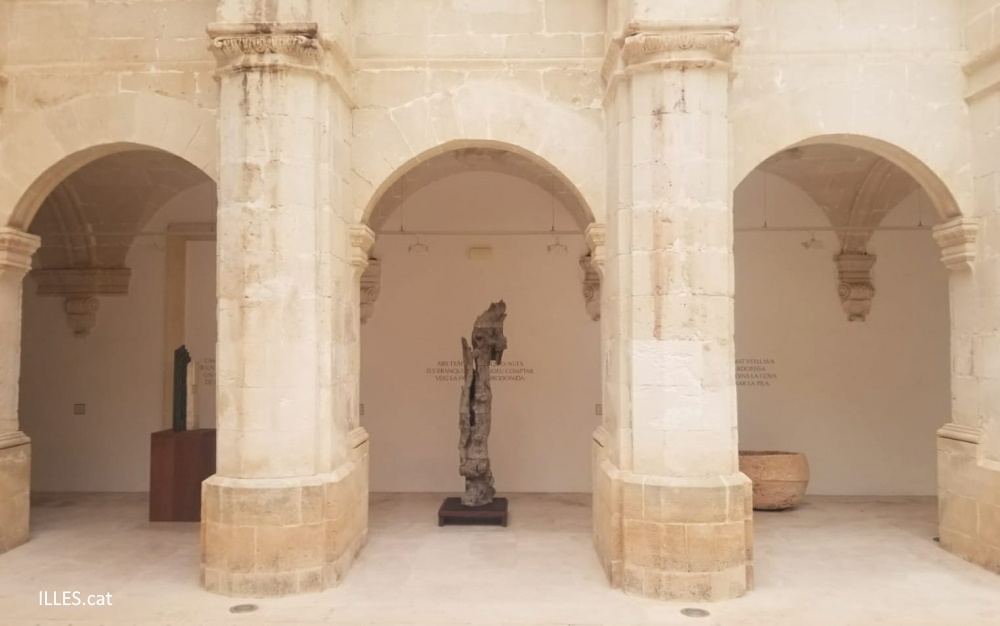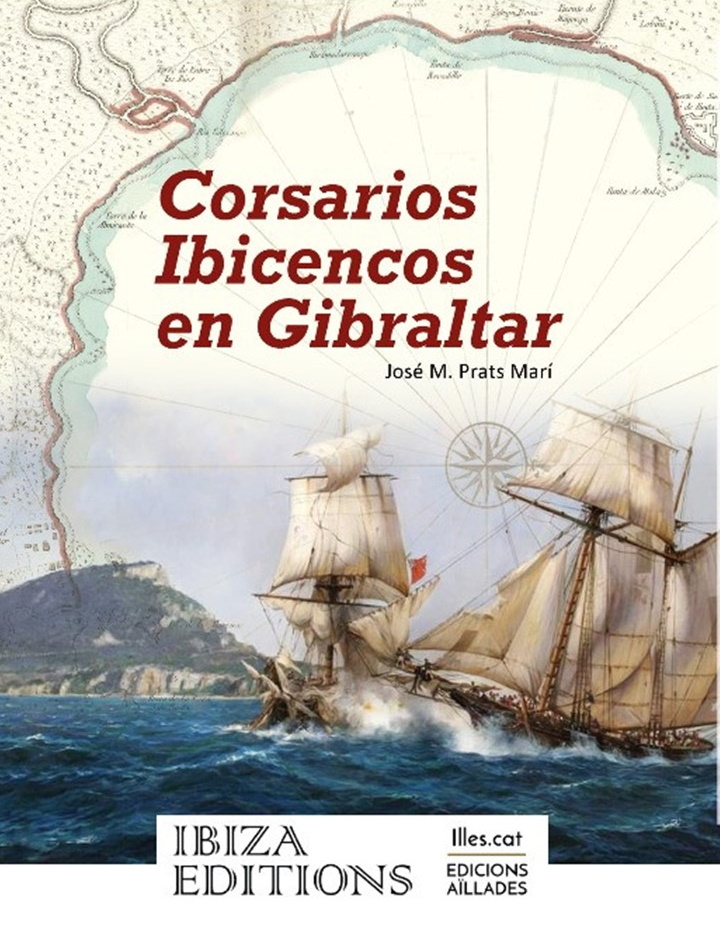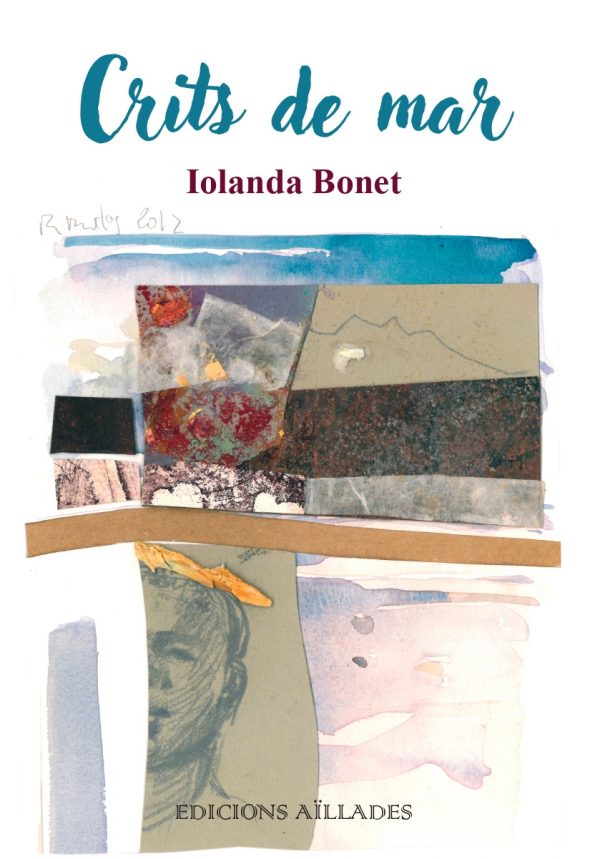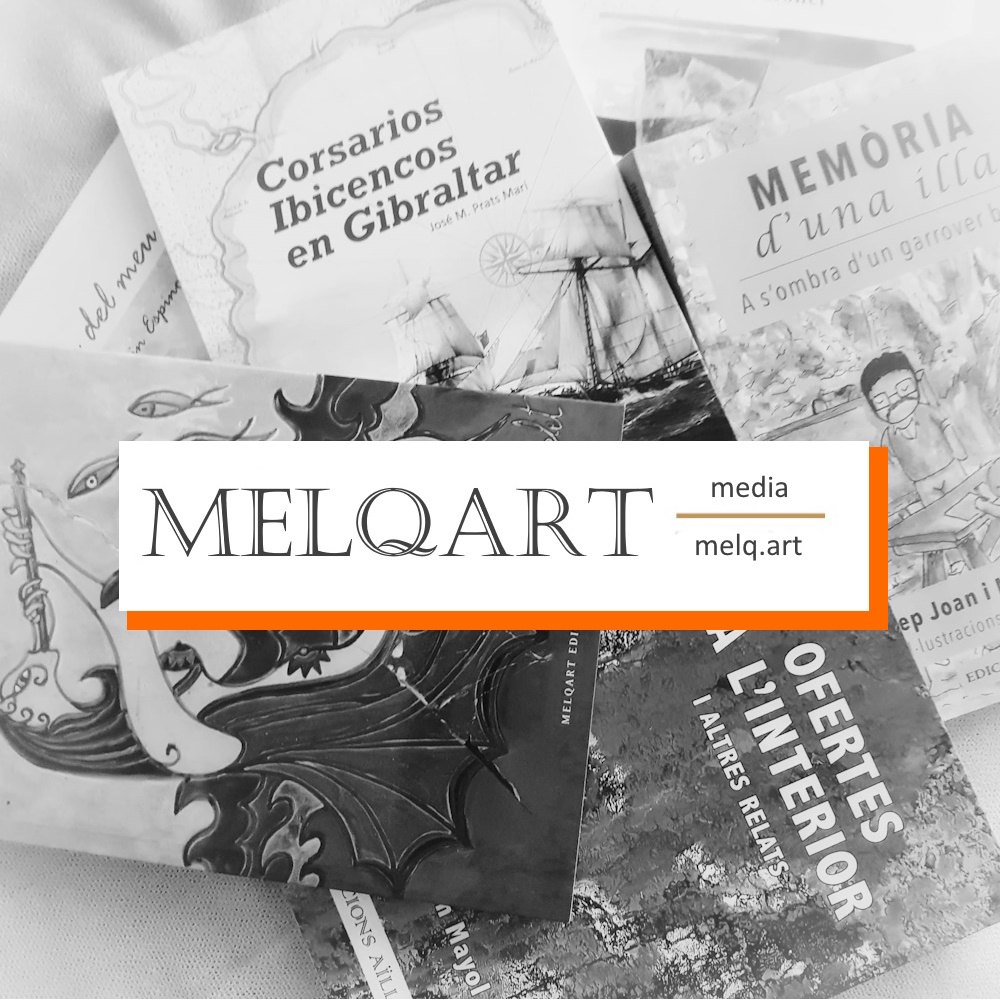SCULPTURE WALK
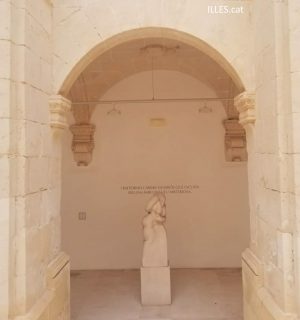 The cloister of the Museum of Menorca, built around 1700 and one of the best examples of Menorcan religious architecture, houses a set of sculptures that allow the visitor to travel through contemporary Balearic creation as if it were a contemplative exercise, in honor of the primordial function of every cloister: contemplation and reflection. Along the way we meet a dialogue between poetry and sculpture.
The cloister of the Museum of Menorca, built around 1700 and one of the best examples of Menorcan religious architecture, houses a set of sculptures that allow the visitor to travel through contemporary Balearic creation as if it were a contemplative exercise, in honor of the primordial function of every cloister: contemplation and reflection. Along the way we meet a dialogue between poetry and sculpture.
The sculptures correspond to: Mariam Blanco, Joan Costa, Joy, Lara, Ana Llorens, Andreu Maimó and Jaume Ribalaiga and are distributed along the north and west face of the cloister, refer to nature and the symbolic meaning of form. The walk ends with a work that, for its horizontality and for the concept that inspires it, invites the viewer to reflect on death. It is the end point of a walk that begins with a Talayotic pica that has been deprived of its function, of its use, to grant him the rank of sculpture.
As for the verses, we find an appropriate selection made by Josefina Salord.
The verse by Anna Maria Ticoulat, referred to the sculpture of Laetitia Lara, takes us to the image of Dafne, woman-tree, and with her to the principles that inspire this sculpture walk. Life, death, nature, women and the Mediterranean made matter, shape, texture, light, movement, meaning and symbol.
TALAIOTIC PIKE
Final Talayotic (550-123 aC)
limestone stone
Originally conceived as a container, its hemispherical shape is associated, entre otros, with the origin, abundance and the cosmos. As it is the starting point of the sculpture walk, its meaning is threefold: as an object who has been deprived of function to give it a new meaning, as a representation of the culture that begins the tour of the permanent rooms of the Museum of Menorca and for the seminal character that it has contained in all artistic creation.
FIGUERA STEM OF SON RAMONET GROS
Andreu Maimó (2001)
Andreu Maimó's work is endowed with a strong personality, away from the currents, schools or "isms". Self-taught and highly gifted in drawing, his career is closely linked to the tree as a center for artistic and conceptual reflection and, especially, to the fig tree. Is in 1974 when this tree will appear for the first time in your pictorial production, to become a central theme twenty years later and transfer it to ceramic sculpture. His work is strongly connected with his natural environment, where the fig tree is the protagonist. Its ceramic trunks, rich in lumps, irregularities, slits, knots and roughness tell us about the irreducible nature of, of the passage of time and its imprint. Its symbolism is transported to the tree as a link between earth and sky, and the fig tree as a sacred tree among the Greeks (Dionisio) and romans (Baco), as well as among Buddhists (Buddha became enlightened under a type of fig tree).
BLACK WATCH
Mariam Blanco (2001)
Mariam Blanco's work has a marked influence of minimalism and uses stone as a common medium, looking for contrasting expressive qualities in color and texture, as seen in Black stele. The hardness of the black granite contrasts with the fragility of the marès, while the luminosity of granite opposes the light quality of white calcareous stone. Despite its verticality, this work does not represent the elevation that we find in the rest of the works. in this case, denotes a commemorative and funerary character that is accompanied by three enigmatic parallel lines engraved on the stone of marès.
MONOLITE
Jaume Ribalaiga (1960-1961)
Ceramist with an extensive family tradition, Jaume Ribalaiga made ceramics an art, just as Joan Miró or Pablo Picasso had done before. El 1963 participated in the creation of the Grup Menorca, a group of artists who constituted the avant-garde in Menorca. This monolith marks the beginning of ceramic sculptures, after successful years creating stoneware jewelry.
From a refined technique, incorporates plastic and chromatic values close to informality and lets matter take center stage. It is inevitable to relate it to nature and, especially, with the rocks of the north coast of Menorca, where a network of veins draws a reticular structure. While monolith, It is also a monument and this monumental character is a commemoration of the earth and the stone.
ARDITI
Joy, Lara (1992)
Stone - and specifically limestone - is, in the trajectory of Laetitia Lara, middle and end at the same time. On the one hand, a large part of its production has stone as a support; in it he finds the most suitable expressive properties and capacities in his language. Of other, the stone is a symbol of unity and strength that reinforces his speech, a discourse around myths and archetypes. The masculine ones, symbolized by the guardian or monk, totemic and static; the feminine ones, with the Venuses, that with their dynamism occupy a prominent place, how is Arctic. It was in 1985 when he created the first ones in clay, already then voluptuous and intimate. Its representation has always been linked to the Paleolithic goddesses, to mother earth and fertility. So, the sculptor reproduces ancient canons of beauty (unmodeled face and exaggerated breasts and hips) with which it gives movement and purity of lines to the whole.
ALGA
Joan Costa (2007)
Joan Costa's career goes hand in hand with nature and the aquatic plant world in particular. The Mediterranean and classicism that has permeated the history of art in the Balearic Islands is reformulated with the contributions of minimalism, elements that give his works a remarkable serenity and poetry. With the first mobile sculptures of the mid-nineties, made with galvanized net, stainless steel and brass, begins a path towards movement and undulation that will transfer to paper and iron until achieving a great formal and aesthetic purity. In his work, we find a permanent claim to respect the natural environment and especially the posidonia, plant of great ecological value and in permanent risk.
en ALGA, iron becomes fragile and light and the sculptor seems to have endowed it with a life of its own through perpetual motion.
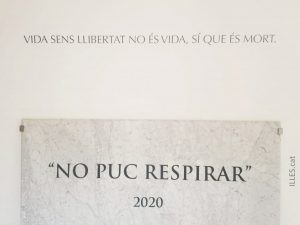 I CAN NOT BREATHE
I CAN NOT BREATHE
Ana Llorens (2020)
Ana Llorens belongs to the younger generation of this sculpture walk. The multidisciplinary nature of his work includes the Performance , the painting, installation, video and sculpture. His artistic research runs through concepts related to the identity of the artist, feminism and the vulnerability of diverse groups.
I CAN NOT BREATHE (I can't breathe) responds to a very specific historical moment that intertwines two simultaneous crises: the derivative of George Floyd's death, black American citizen, drowned by minneapolis police; and the respiratory difficulties of Covid-19 patients and the use of masks in the pandemic that devastated the world in 2020. The marble tombstone, in a provisional position, symbolizes the fragility of being and its inability to overcome violence and prejudice.
The sample can be seen until 25 February 2022 in the Courtyard of the Museum of Menorca, in Maó.
ILLES.CAT
Online literary platform






